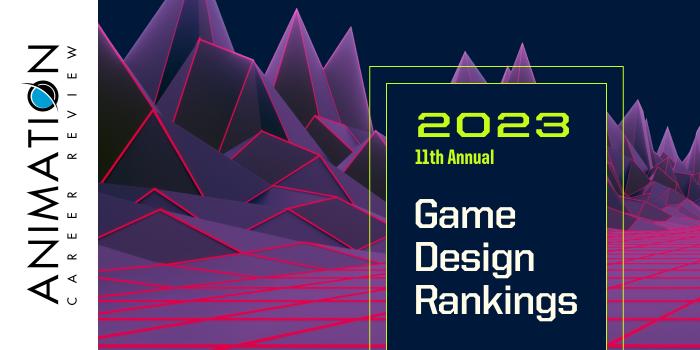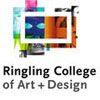The School of Art, Media, and Technology (AMT) at The New School's Parsons School of Design (Parsons) houses a Design and Technology (DT) Program with an option leading to DT BFA. Programs in the School of AMT are STEM-designated and provide networking opportunities and collaborations with external partners; studios and lab courses led by experts in the field; industry-oriented internships; and study abroad experiences in places such as London, Paris, and Florence.
The DT BFA at Parsons requires 120 credit hours taken over four years. Like all undergraduate programs at Parsons, the first year of the BFA covers the liberal arts, along with art and design concepts such as drawing, digital design, and 2D and 3D processes. All first-year students at Parsons, regardless of major, will take their required courses together.
The DT BFA has two pathway options including Game Design and Creative Technology. Students in the Game Design Pathway will work on projects that explore wearable technology, digital art, and socially conscious video games. Creative Technology students will work on projects with major companies and studios such as Nickelodeon, Apple, Atari, MTV, UNESCO, Rockwell Interaction Lab, Eyebeam Art & Technology Center, and Siemens.
AMT course examples include Time, Game Design as Play Design, Objects as History, Concept and Illustration for Games, Core Studio Systems, Design Studies, Game Craft, Communication Design Studio: Experience in Space, The New Arcade, Digital Development, Experimental Animation, Storytelling, Motion Graphics, Narrative and Dynamic Systems, and Visual Design Concepts.
Graduates of the Design and Technology Program at The New School Parsons are prepared for careers in Game Design, 2D and 3D Animation, Digital Filmmaking, New Media Art, Motion Graphics, Wearable Technology, Mobile and Application Design, Software Design, Advertising, Virtual Reality and Immersion Experience Design, Hardware Engineering, Physical Computing, Graphic Arts, WEB/UI/UX Design, and Data Visualization.



























